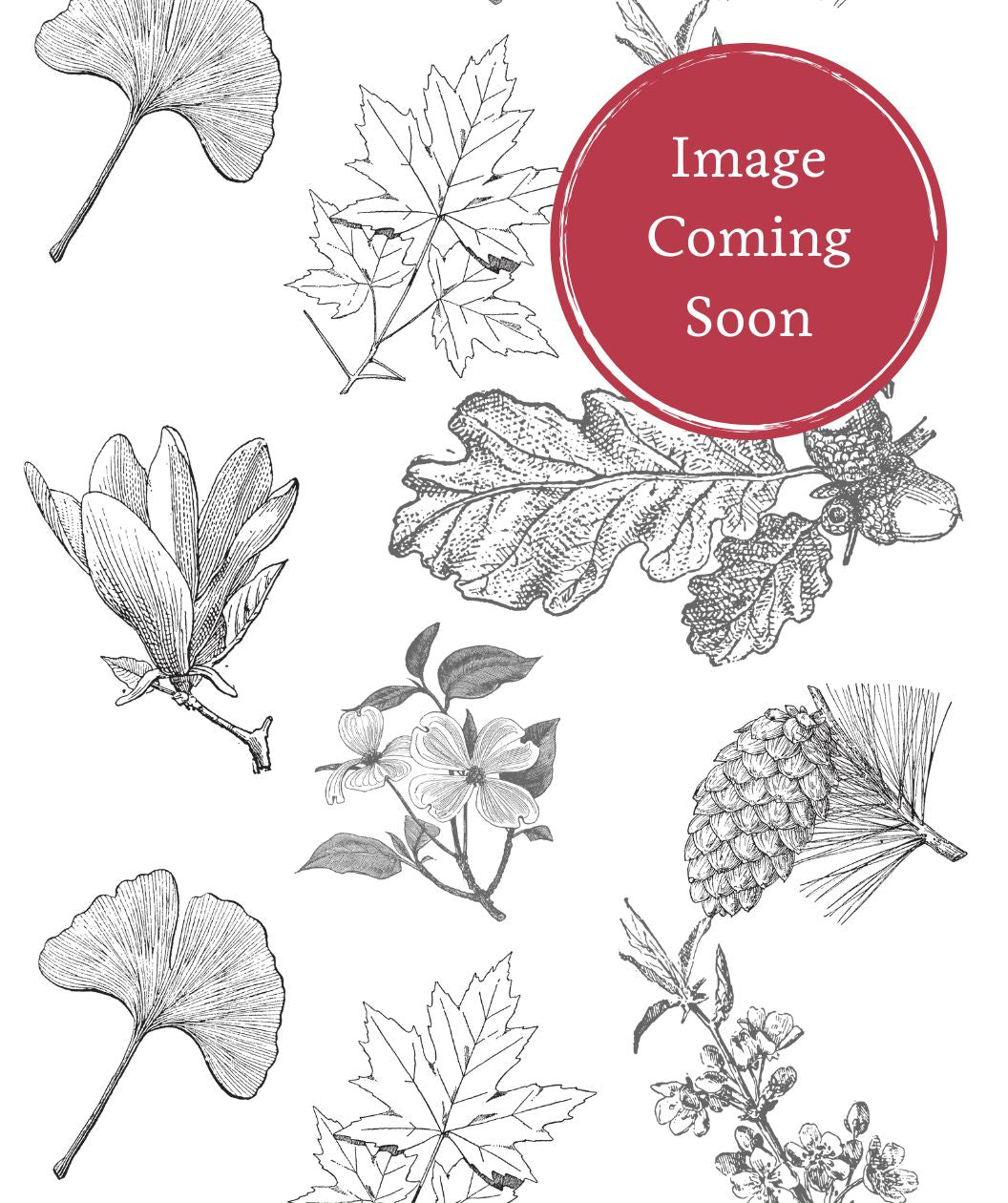A graceful weeping crabapple with deep ruby blooms and elegant form
FEATURES:
- Cascading weeping branches covered in vibrant ruby-red blooms in spring
- Glossy green summer foliage turning warm autumn shades
- Small ornamental fruits that attract birds and add winter interest
- Excellent size for smaller gardens or as a focal point in larger landscapes
- Highly disease resistant for long-lasting beauty
- Perfect blend of elegance, color, and seasonal charm
- Ships on our trucks because of the size of the tree – does not fit in a box
Bower & Branch Landscape Design Tip
Accentuate the graceful weeping form of Ruby Tears by planting it where it can be silhouetted against a simple background like evergreen hedging, fencing, or open lawn. Underplanting with spring bulbs will extend the season of color beneath its canopy.
Growth Facts
- Hardiness Zone: 4-7
- Mature Height: 10'
- Mature Width: 15'
- Exposure: Full Sun
- Spacing: 12-15'
A graceful weeping crabapple with deep ruby blooms and elegant form
FEATURES:
- Cascading weeping branches covered in vibrant ruby-red blooms in spring
- Glossy green summer foliage turning warm autumn shades
- Small ornamental fruits that attract birds and add winter interest
- Excellent size for smaller gardens or as a focal point in larger landscapes
- Highly disease resistant for long-lasting beauty
- Perfect blend of elegance, color, and seasonal charm
- Ships on our trucks because of the size of the tree – does not fit in a box
Bower & Branch Landscape Design Tip
Accentuate the graceful weeping form of Ruby Tears by planting it where it can be silhouetted against a simple background like evergreen hedging, fencing, or open lawn. Underplanting with spring bulbs will extend the season of color beneath its canopy.
Growth Facts
- Hardiness Zone: 4-7
- Mature Height: 10'
- Mature Width: 15'
- Exposure: Full Sun
- Spacing: 12-15'
Why plant Ruby Tears Flowering Crabapple?
Ruby Tears™ is an exciting new Crabapple tree with a dramatic broadly weeping habit, burgundy-flushed spring foliage, and raspberry-pink blossoms that fade to a soft pink. But wait—there’s more! We almost forgot the ruby-red crabapple fruits that give this tree its name and bring the songbirds to your yard each winter. Ruby Tears™ also boasts excellent resistance to the diseases that plague many of the older Crabapples from your grandmother’s time (sorry, Grandma). Plant this flashy ornamental tree front-and-center in your front yard or around back where you can enjoy it from your deck or patio in all seasons. Ruby Tears TM popped up one day in 2004 in the trial gardens at the Fort Wayne, Indiana nursery of Michael and Jon Koeneman. Looking around, it appeared the most likely suspects to have fathered/mothered the foundling were ‘Prairiefire’ and ‘Louisa.’ The new plant had the purplish young foliage of Prairiefire, but the weeping shape of Louisa. The Koenemans enlisted the help of Bailey Nurseries, a wholesale grower based in Minnesota, to help in the propagation and marketing of the lucky find, and together they got the plant into production.
How to use Ruby Tears Flowering Crabapple in the landscape?
A new weeping Crabapple variety! Bright green foliage turns to shades of deep red and burgundy, quite a contrast to the dark pink flowers in spring. Small dark red crabapples appear in fall which are rather tasty to your feathered friends - you may want to plant this near birdhouses and feeders! This Ruby Tears doesn't get too big making it perfect for smaller gardens or narrow spaces.
How To Plant Ruby Tears Flowering Crabapple
Flowering Crabapples grow well in a wide range of soil conditions and should be planted in a sunny area of your yard; they can tolerate very light shade as well. As with all trees, keep your newly planted Crabapple watered. Don’t keep the soil too wet, however, moist soil is fine. Crabapples also like fertilizer, the more you give them – the more they grow. Once a year apply a simple tree fertilizer during fall to help promote new growth and flowers for the following season. Pruning Flowering Crabapples is fairly easy. Prune branches after your Crabapple is done flowering and cut off any suckers around the base of your tree whenever they appear.
Frequently Asked Questions
The blooms are a rich ruby-red, appearing in abundance in spring and creating a dramatic display against the fresh green foliage.
Yes, it produces small ornamental fruits that persist into winter, adding seasonal interest and attracting birds to your garden.
Plant in full sun with well-draining soil, water regularly during establishment, and prune only to maintain shape or remove damaged branches after flowering.





